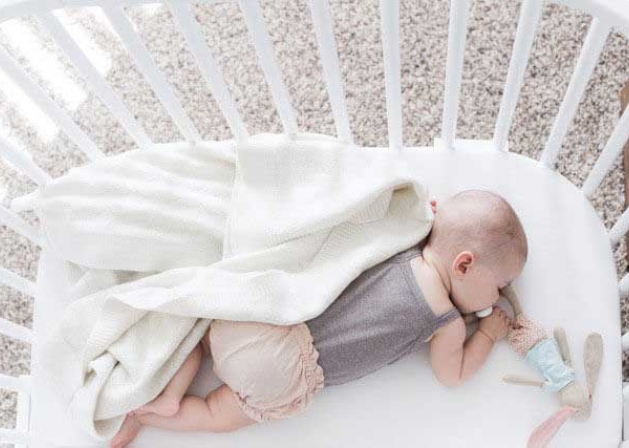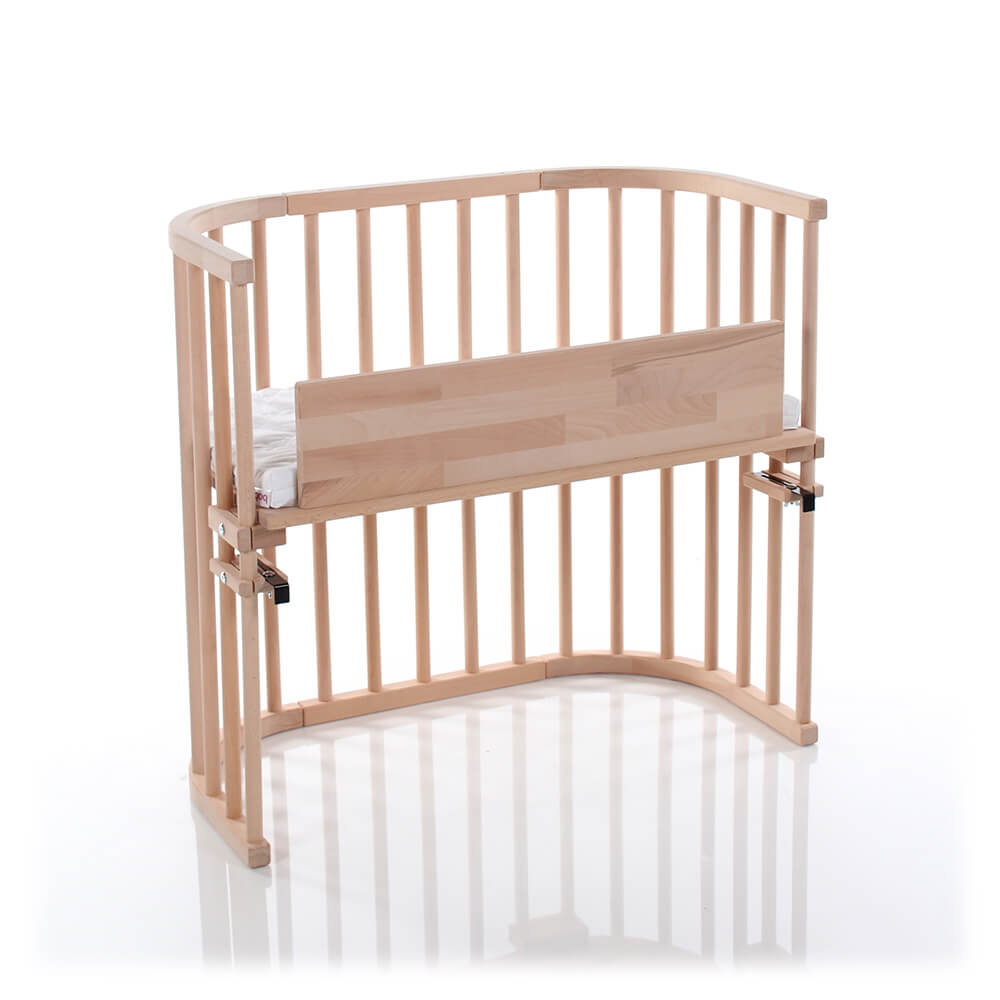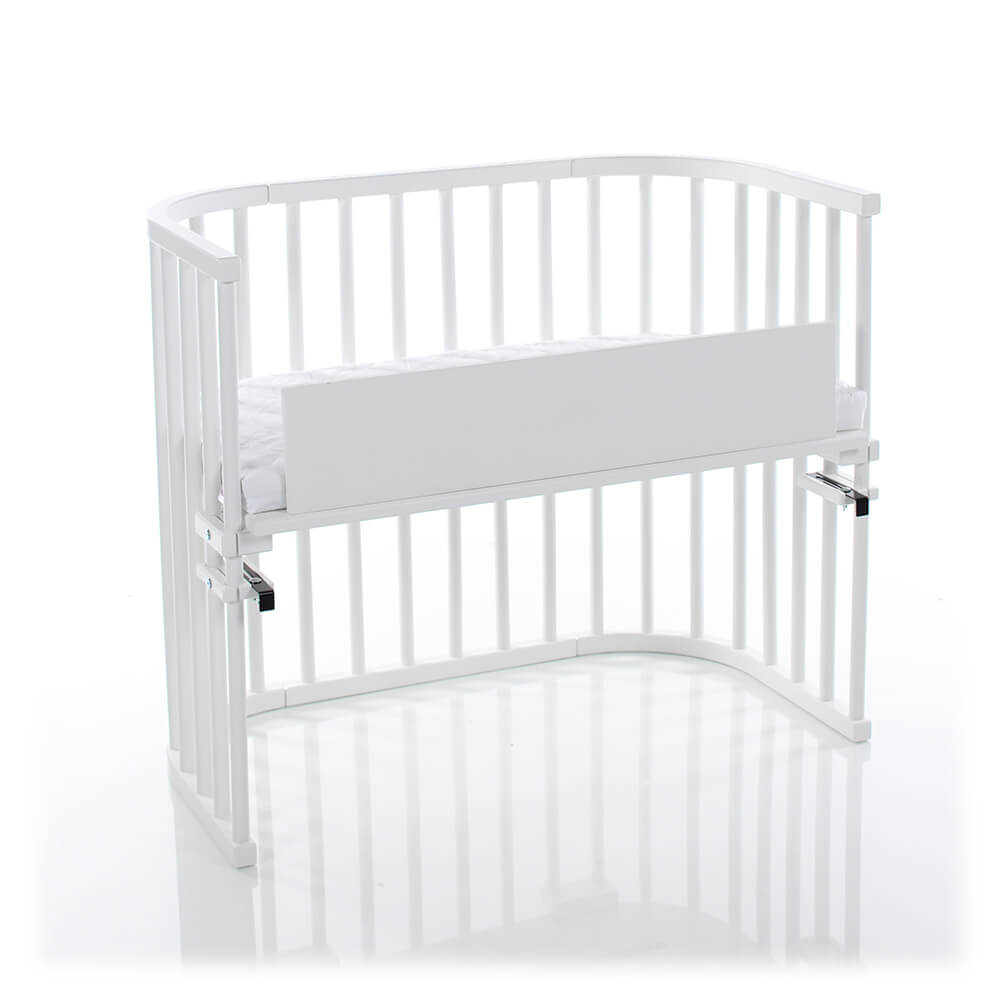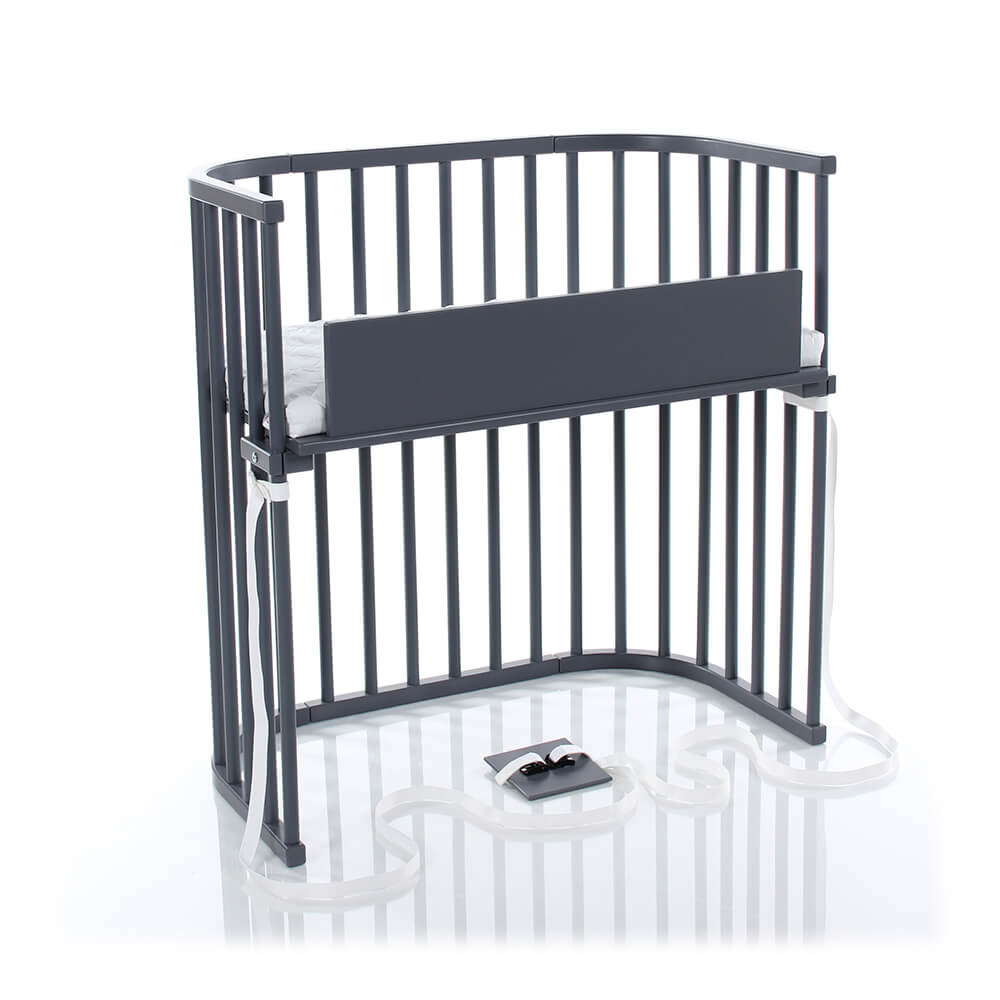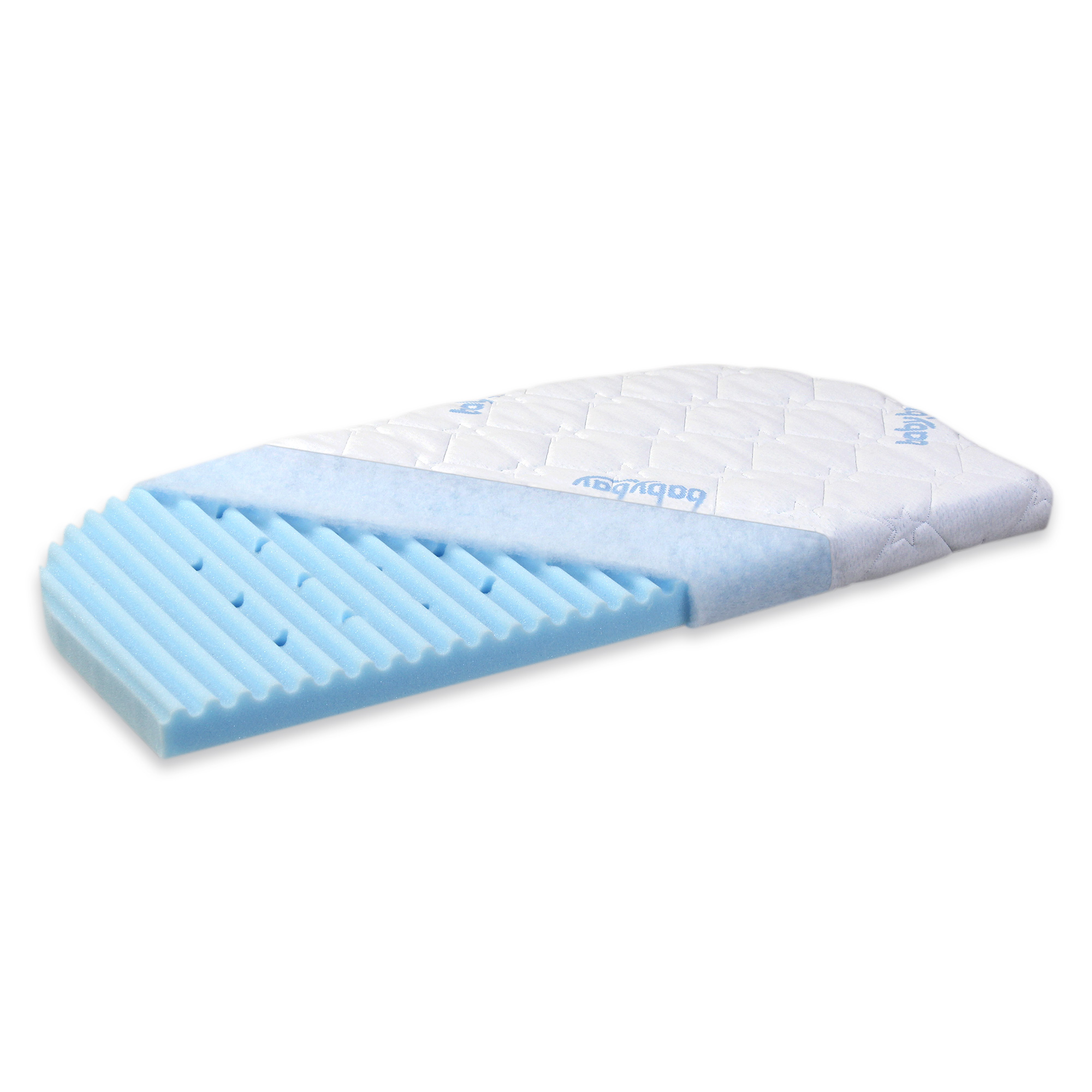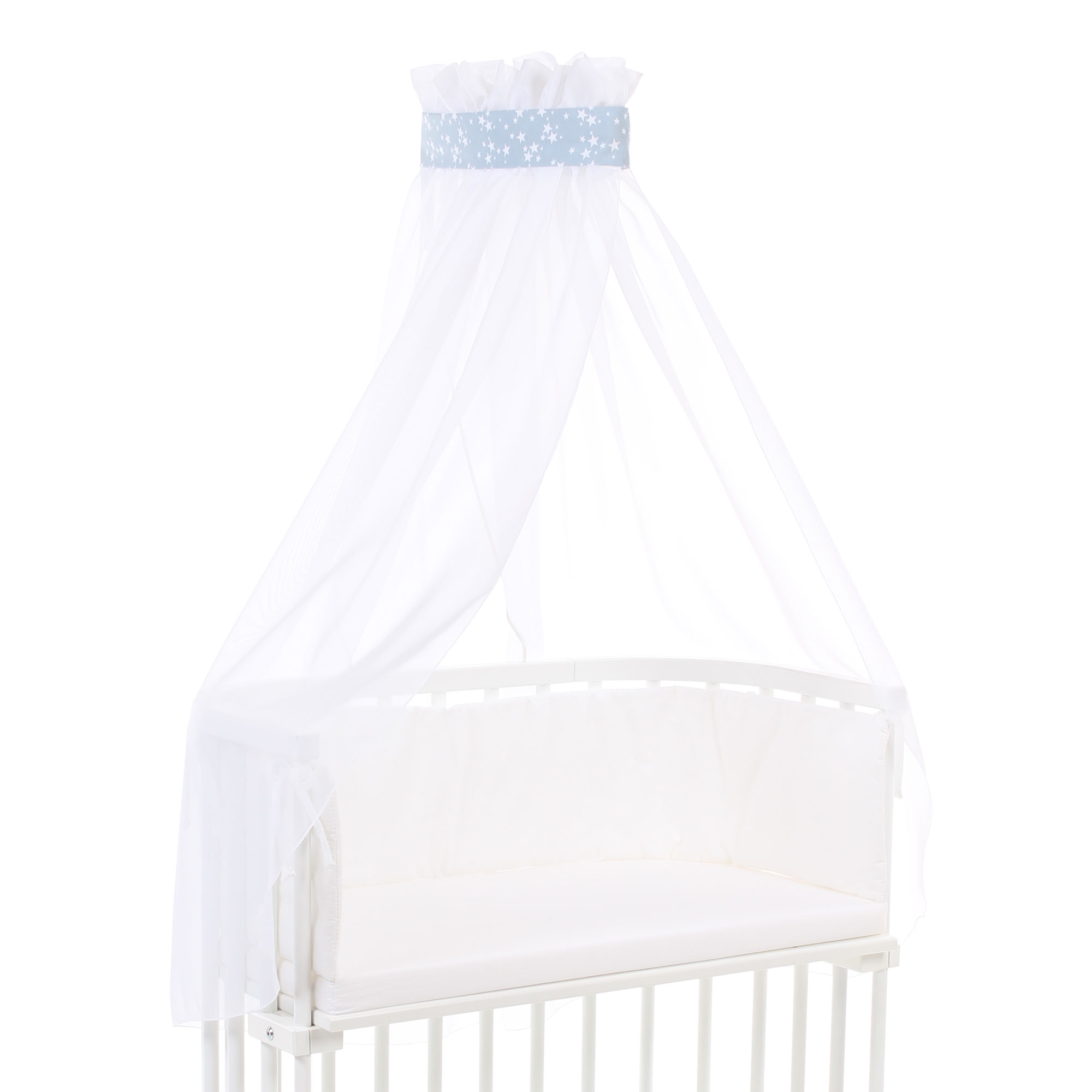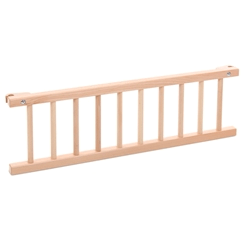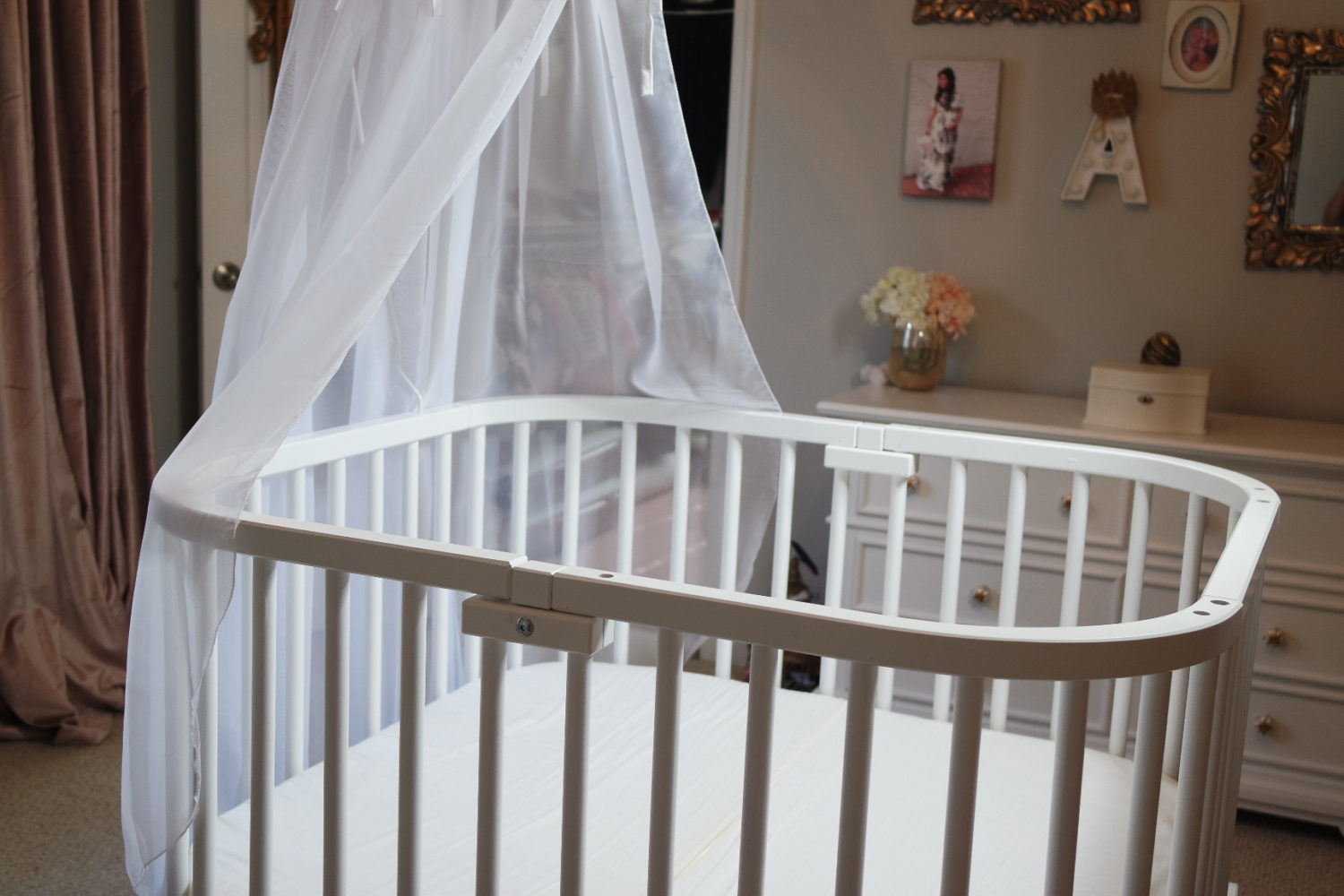
How to Stop Co-Sleeping: A Step-by-Step Guide for Easing the Transition
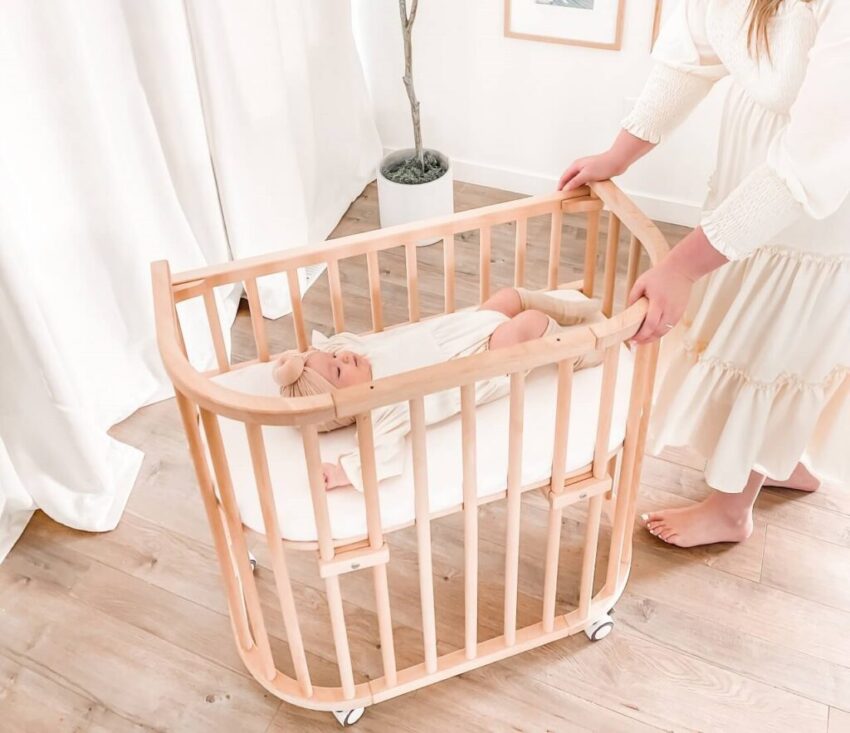
How to Make Your Bedside Crib Mobile

How to Help Your Baby Sleep Through the Night (So You Sleep Better Too!)
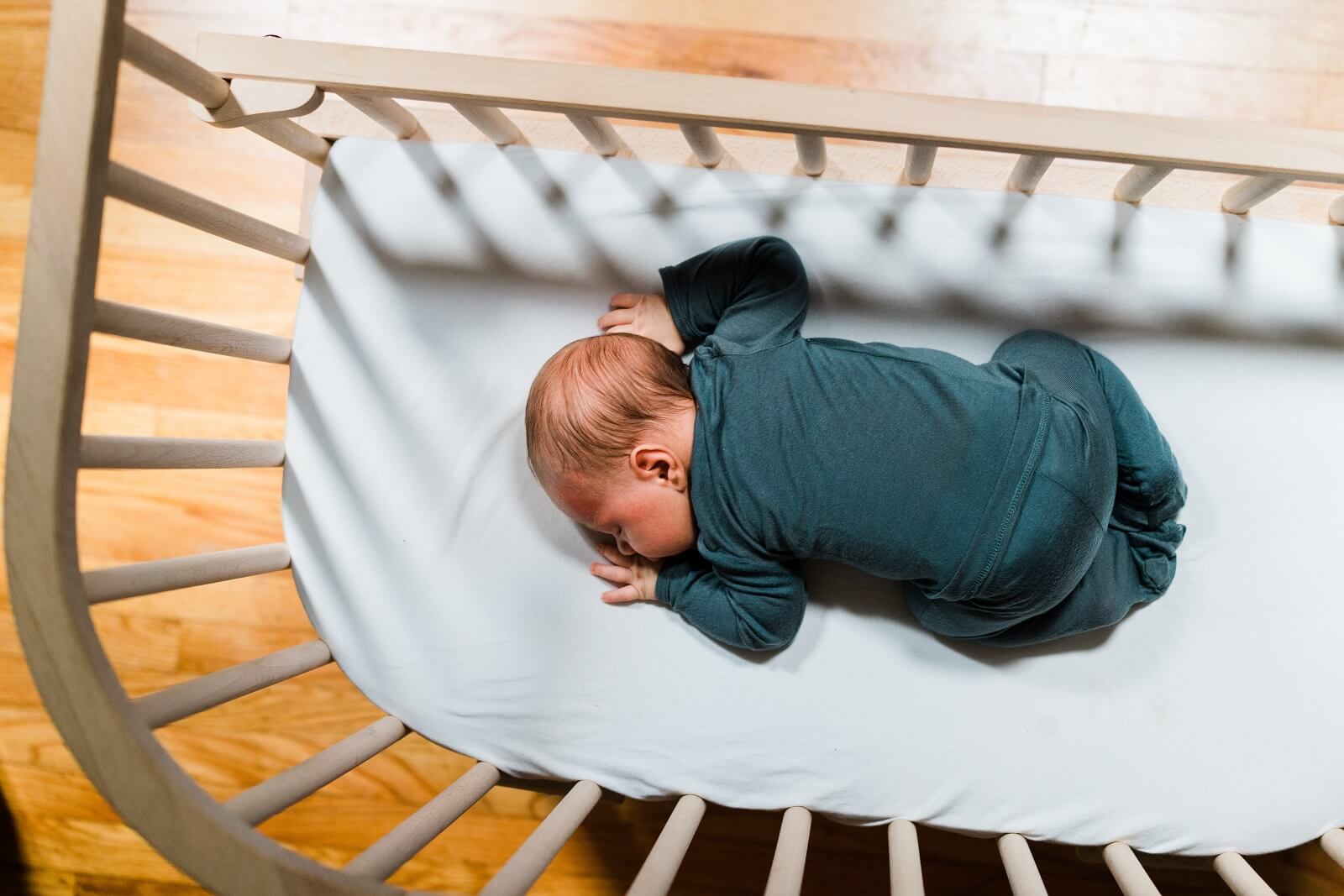
Does Your Baby’s Bed Follow Crib Safety Standards?
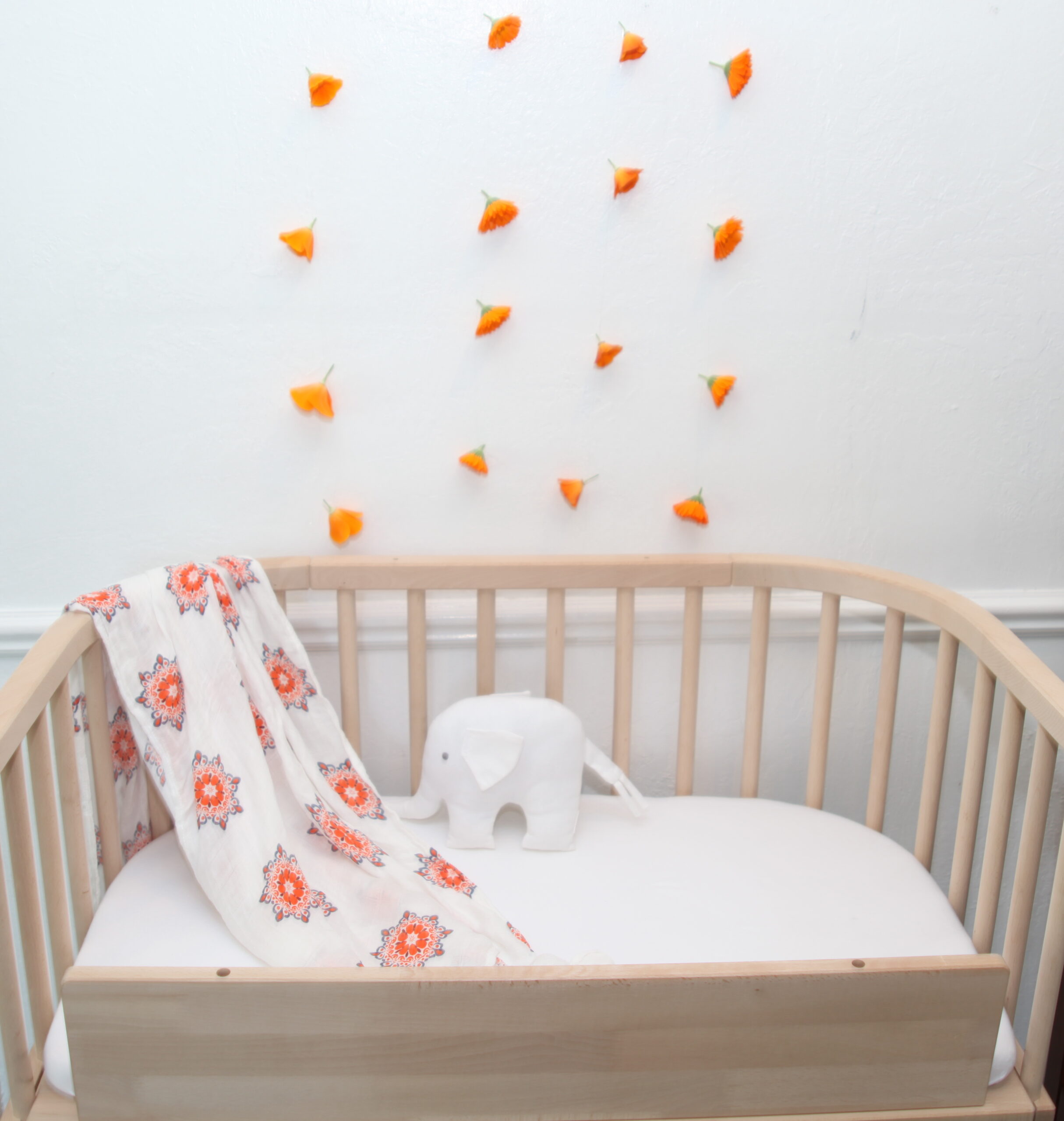
babybay Unboxing: How to Prep Your Bedside Sleeper For Your Little One’s Arrival
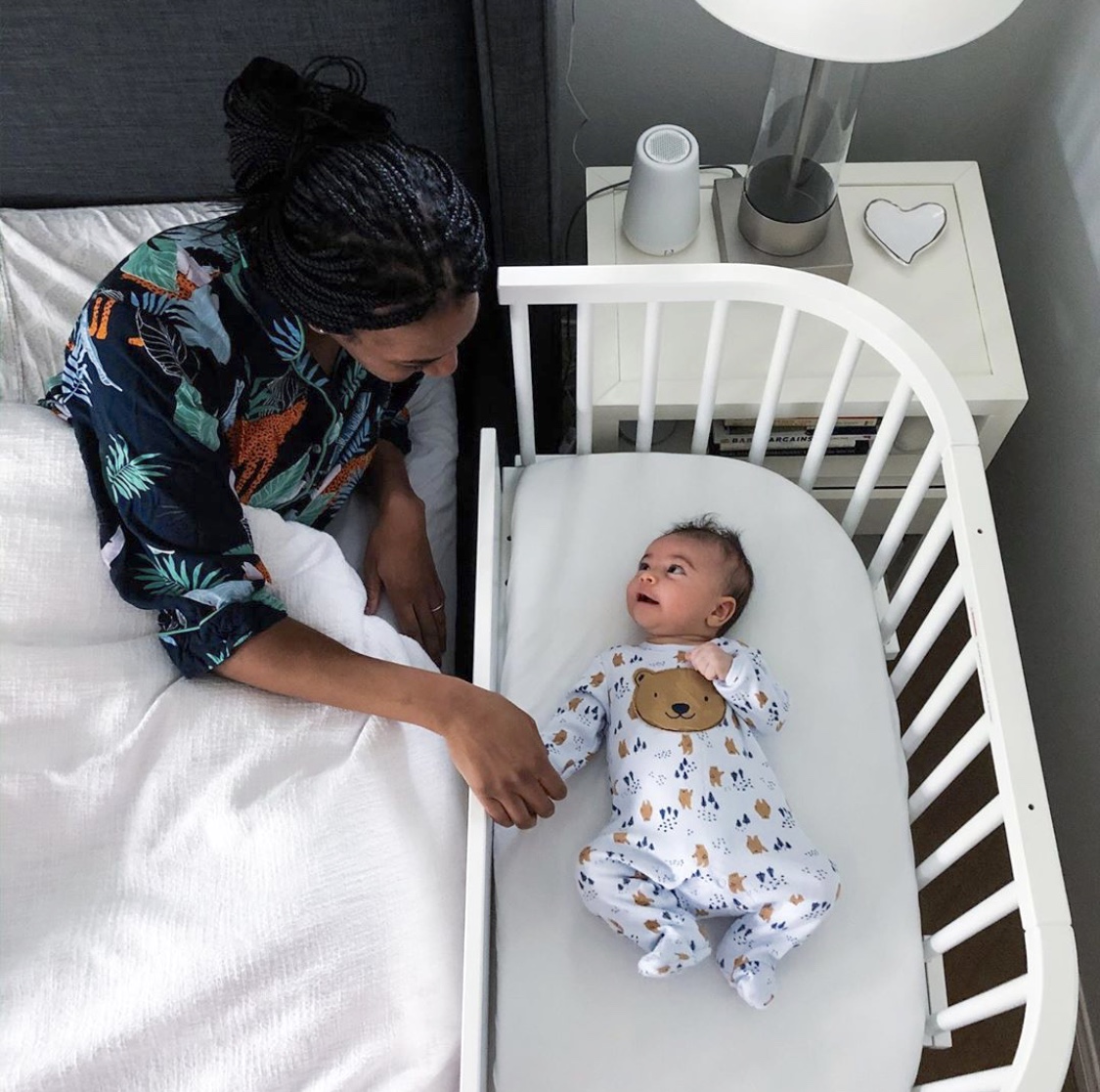
Co-Sleeping Family Milestones: How to Start and When to Stop Co-Sleeping
